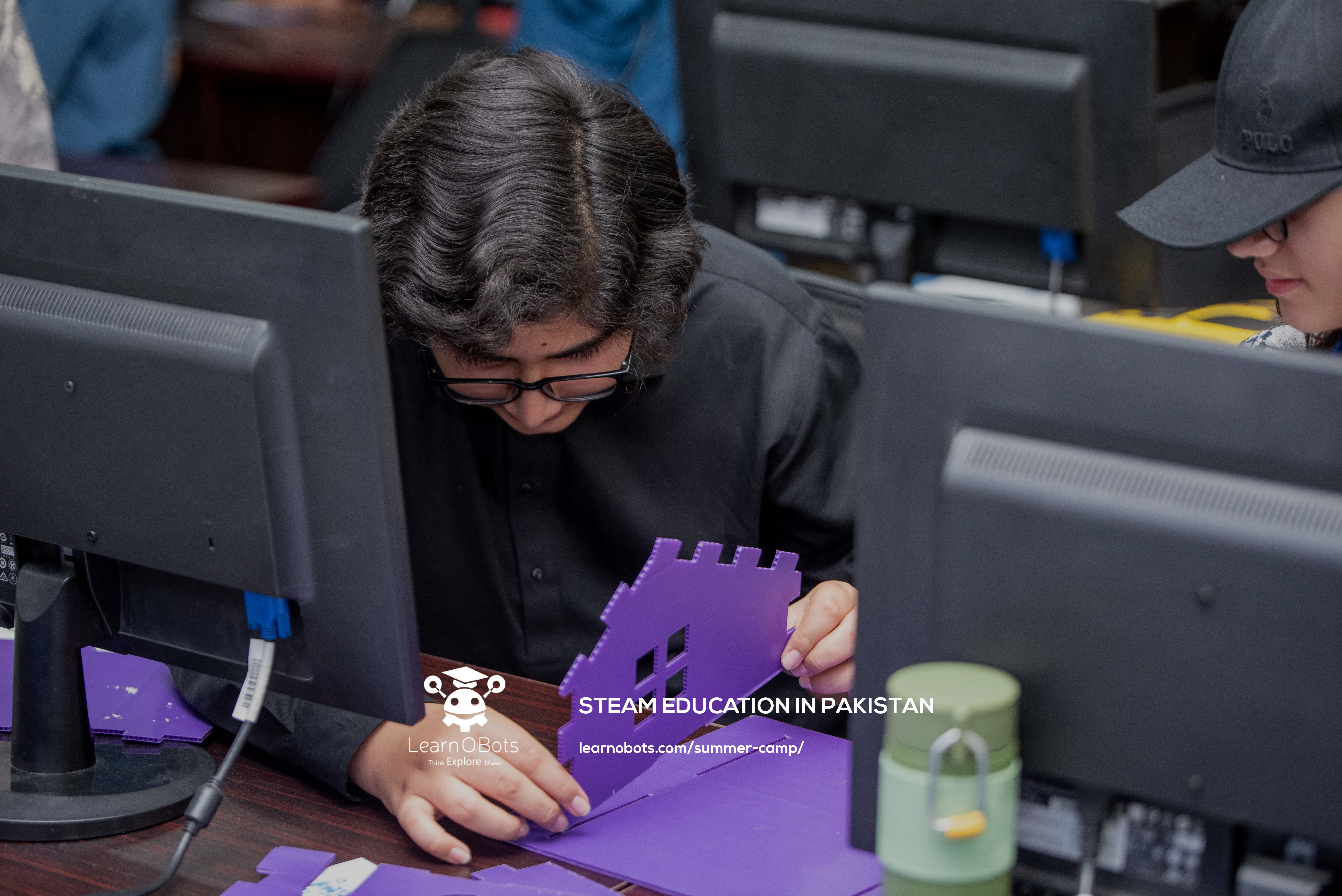Emerging Technologies: Augmented Reality (AR)
What is Augmented Reality?
In July of 2016, the release of Pokemon Go rocked the business world. The game was a massive success, and the stocks of its parent company, Nintendo, were up by 200% days after its release. But what was the secret to this success? For starters, the game simulated a sense of adventure as it focused on getting out of the house and discovering Pokemon. Moreover, one could actually see the Pokemon in their surroundings through the app. This is called Augmented Reality or AR.
Augmented Reality, as the name suggests, uses technology to augment our perception of the world around us. It uses technology to overlay visual or auditory elements on top of the real world. Pokemon Go used AR to show Pokemon showing up around the world through our phone screens. This increased the game’s ‘wonder’ factor and attracted a huge number of players. Since 2016, developers have released more apps that take advantage of AR. An example of this is PairPlay, which uses shared AirPods to create an auditory experience akin to a real-life blog episode.
AR vs VR
One shouldn’t confuse AR with Virtual Reality, or VR. Augmented Reality retains elements of the real world and adds extra features to it. VR, on the other hand, simulates an entirely new world without any real-life influence, usually through the use of headsets. The purpose of AR is to enhance the real world, while the purpose of VR is to take us away from reality and create a completely immersive experience free of natural laws.
An example of Virtual Reality is the Metaverse. Many tech giants like Microsoft and Meta are throwing their hats into the metaphorical Metaverse ring, to create a connected reality of personal worlds. One would appear in their “metaworld” through a customisable avatar and would be able to personalise their worlds as well. Furthermore, people would be able to host concerts, collect virtual shoes and even set up virtual stores. We will discuss VR and the Metaverse in more depth in an upcoming blog.
Uses of AR
People use AR across several fields and industries. We have already discussed its uses in entertainment and gaming, through Pokemon Go and PairPlay. We can also use AR in retail, specifically in cosmetics, paint, fashion or furniture industries. Prospective buyers could, for example, use AR to see what a room would look like in a specific colour, or with a certain furniture piece placed. IKEA already has an app with similar features. Moreover, customers could try on makeup and clothes virtually through AR-enhanced mirrors.
Motorcycle manufacturer Harley Davidson is also introducing an app that could be used in their showrooms. Through the app, a buyer could compare different motorbikes and customize them virtually. Companies like DHL are also using AR glasses and goggles for logistics and warehousing purposes.
Schools and educators can also capitalize on AR technology. Students can interact with realistic models, see maps and simulate chemical reactions. These are just a few instances of how we can use AR. Architecture, medical industry, tourism and military training are some more examples.
Pros and Cons
Augmented Reality has many overarching benefits. Firstly, it allows us to see the world differently. Quite literally. We can see data and alternatives that we wouldn’t otherwise, and this also allows us to think outside the box. It also enhances our social interactions and communication. In addition, it can increase the efficiency of a business and improve logistics. The use of AR in showrooms could also draw in customers through the ‘wow’ factor alone.
AR is also easy to use, as it only requires a smartphone or goggles without much set-up. It can be linked to other smart devices and appliances to create an Internet of Things (IoT). We will discuss IoT in a coming blog.
There are not many disadvantages to AR, but we will still go over some. While AR is easy to use and implement on a small scale, it would be quite expensive to completely integrate it into a business structure across multiple stores. Moreover, people can get addicted to AR, and due to its highly realistic nature, people could even potentially be affected psychologically by games that depict gore or warfare.
LearnOBots and AR
LearnOBots is an Islamabad-based start-up aiming to bring state-of-the-art STEAM—Science, Technology, Engineering, Arts and Mathematics—education to Pakistan. Our target is children aged 8 to 14, and we wish to prepare kids for the future of work. We provide several services, including coding classes, DIY Kits, stay-at-home learning programmes and a STEAM Summer Camp.
Augmented Reality is changing the workplace and LearnOBots wants to prepare its students for that. Through our courses, kids will understand what AR is, how to use it and its importance. If you would like to learn more about us, please contact us through our WhatsApp or email.
In the next instalment of Emerging Technologies, we will discuss VR and the Metaverse.




